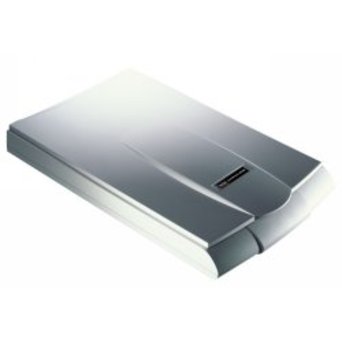
Guillemot Mobile Phones & Portable Devices Driver

Jamming devices overpower the cell phone by transmitting a signal on the same frequency and at a high enough power that the two signals collide and cancel each other out. Cell phones are designed to add power if they experience low-level interference, so the jammer must recognize and match the power increase from the phone.
- In an interview, Guillemot stated, 'the introduction of our real-time multiplayer technology, gamers were able to take mobile gaming to another level- a live gaming community where you could play head to head simultaneous competition with anyone across the nation via your cell phone. That breakthrough was a significant point for the mobile space.'
- At the release of the TNT2, a little mentioned variation on the chipset, the TNT2 M64, was simultaneously released. Initially, very little was known about the chipset, with rumors abounding that.
Cell phones are full-duplex devices, which means they use two separate frequencies, one for talking and one for listening simultaneously. Some jammers block only one of the frequencies used by cell phones, which has the effect of blocking both. The phone is tricked into thinking there is no service because it can receive only one of the frequencies.
Advertisement
Guillemot Mobile Phones & Portable Devices Drivers
Mr Guillemot said phone hardware was evolving five times as fast the home console market. 'In five years time we will have phones with the capability of home consoles of 2005,' he said. Jaako Kaidesoja, director of games at Nokia, said: 'If you look at the overall phone roadmap in terms of technology you can see the graphics improvement and 3D.
Advertisement
Less complex devices block only one group of frequencies, while sophisticated jammers can block several types of networks at once to head off dual-mode or tri-mode phones that automatically switch among different network types to find an open signal. Some of the high-end devices block all frequencies at once, and others can be tuned to specific frequencies.
To jam a cell phone, all you need is a device that broadcasts on the correct frequencies. Although different cellular systems process signals differently, all cell-phone networks use radio signals that can be interrupted. GSM, used in digital cellular and PCS-based systems, operates in the 900-MHz and 1800-MHz bands in Europe and Asia and in the 1900-MHz (sometimes referred to as 1.9-GHz) band in the United States. Jammers can broadcast on any frequency and are effective against AMPS, CDMA, TDMA, GSM, PCS, DCS, iDEN and Nextel systems. Old-fashioned analog cell phones and today's digital devices are equally susceptible to jamming.
The actual range of the jammer depends on its power and the local environment, which may include hills or walls of a building that block the jamming signal. Low-powered jammers block calls in a range of about 30 feet (9 m). Higher-powered units create a cell-free zone as large as a football field. Units used by law enforcement can shut down service up to 1 mile (1.6 km) from the device.